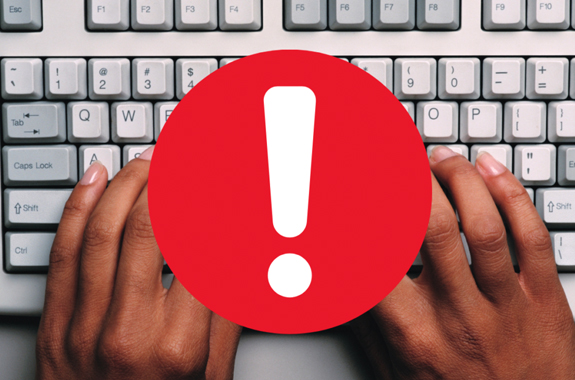If your loved one passed away and you have access to their passwords and account information through a shared password management service (like FamilySafeBox), here’s what you should do to responsibly manage and secure those passwords:
1. Secure Immediate Access
- Log in to the shared password management service using the credentials you have or shared access that your loved one provided.
- If your loved one had set up a master password or other forms of multi-factor authentication (MFA), make sure you have access to these, such as recovery codes or email addresses linked to the account. YOU MAY NEED THEIR PHONE FOR MFA!
2. Review and Organize the Accounts
- FamilySafeBox has already gone a long way to helping you with this. You can use the Boxes within your Loved One’s account as well as the Accounts & Passwords Box as a starting point.
- Audit the passwords: Go through the saved passwords and categorize them. Separate accounts that are:
- Personal accounts of your loved one.
- Joint accounts you still need access to (e.g., banking, utilities, subscriptions).
- Important financial accounts that need to be settled (e.g., bank accounts, credit cards).
- List the critical accounts: Focus first on securing sensitive accounts like financial accounts, email accounts, and social media profiles. These accounts will typically have high security and will be important for managing the estate.
3. Update or Close the Accounts
- Change passwords: For any shared or joint accounts (like joint bank accounts, utility bills, or family subscriptions) that you plan to continue using, update the passwords immediately. This ensures that you remain in control of the accounts.
- Close unnecessary accounts: For accounts that were solely your loved one’s, such as personal emails or subscriptions, decide whether to close the account or retain it for sentimental purposes. Make sure to follow each platform’s procedures for closing or memorializing accounts.
- For email or social media accounts, follow their specific instructions for managing the account after someone passes away.
4. Transfer Ownership of Key Accounts
- If you have access to any accounts that you need to take over, such as utility bills, shared financial accounts, or subscription services, follow the platform’s guidelines for transferring ownership. Some services will allow you to change ownership if you have proper documentation, such as a death certificate.
- Change account details: If possible, update the email address, phone number, and other details associated with the account so that future communications come directly to you.
5. Backup and Secure the Passwords
- Keep or Migrate passwords: If you are closing or no longer using the shared service, you can migrate the passwords to your own password manager (like your own FamilySafeBox account) OR consider keeping their account active and retaining access to it until you’re satisfied that you no longer need it.
6. Monitor for Security and Unauthorized Access
- Keep an eye on shared accounts for any unusual activity. If any passwords were compromised or potentially shared with other parties, ensure you change those passwords and enable multi-factor authentication where possible to enhance security.
- Regularly review and update passwords for critical accounts, such as banking or email, to ensure they remain secure.
7. Notify Relevant Institutions
- For any financial accounts that are linked to the password manager, notify the respective institutions of your loved one’s passing to ensure they follow proper procedures for transferring or closing accounts as required by law.
By securing, updating, and closing accounts where necessary, you’ll ensure that your loved one’s digital assets are properly managed while also protecting your own access to important shared services. Let me know if you need any specific help with transferring or securing certain accounts!

